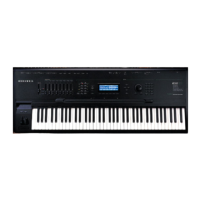
Do you have a question about the Kurzweil K2500 - PERFORMANCE GUIDE REV F PART NUMBER 910251 CHAP 14 and is the answer not in the manual?
| Type | Synthesizer |
|---|---|
| Polyphony | 48 voices |
| Multitimbral | 16 parts |
| MIDI | In, Out, Thru |
| Model | K2500 |
| Document Type | Performance Guide |
| Revision | F |
| Part Number | 910251 |
| Chapter | 14 |
| Synthesis Type | V.A.S.T. (Variable Architecture Synthesis Technology) |
| Effects | Reverb, Chorus, Delay, EQ |
| Keyboard | 76 keys (velocity and aftertouch sensitive) |
| Controllers | Pitch wheel, modulation wheel |
| Outputs | headphone output |
| Sequencer | 16 tracks |
| Display | LCD |
| Memory | Expandable via RAM and ROM |
| Inputs | 2 audio inputs |
Details various categories of DSP filters including lowpass, highpass, and allpass types.
Lists various types of lowpass, highpass, allpass, and notch filters available.
Details the LOPASS filter, its 6 dB/octave rolloff, and fixed -3dB resonance.
Explains the 2POLE LOWPASS filter with its 12 dB/octave rolloff and adjustable resonance.
Details LOPAS2, a fixed -6dB resonance filter, offering a 12 dB/octave rolloff.
Explains LP2RES, a fixed +12dB resonance filter, similar to LOPAS2.
Details the 4POLE LOPASS W/ SEP filter, combining two poles with adjustable separation.
Explains the LPGATE filter, controlled by the AMPENV for cutoff frequency changes.
Details the HIPASS filter, its 6 dB/octave rolloff below cutoff, and fixed -3dB resonance.
Details various equalization processes including parametric and tone controls.
Explains the PARAMETRIC EQ function with center frequency, width, and amplitude parameters.
Covers functions related to modifying pitch, amplitude, and stereo panning.
Explains mixer functions that combine and amplify signals from multiple wires.
Details the standard and low frequency waveform generation functions.
Covers Sine, Sawtooth, and Square waveforms with high/low frequency variations.
Details various non-linear functions that modify timbre dramatically.
Lists various non-linear functions that modify timbre dramatically.
Covers hard sync functions that use master/slave sawtooth oscillators.
Master/slave sawtooth oscillators where master pitch determines slave repetition rate.
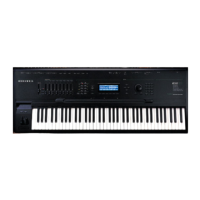
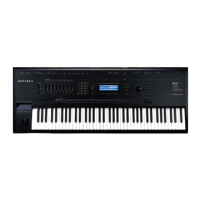
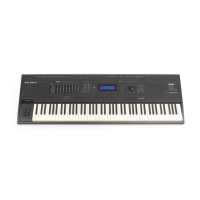
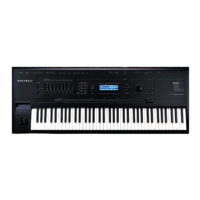
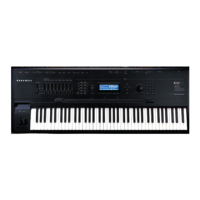

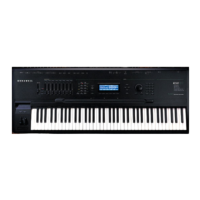
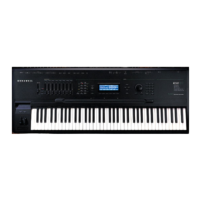
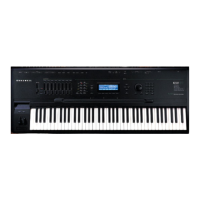
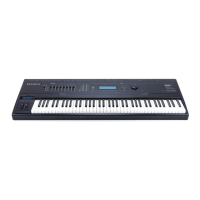
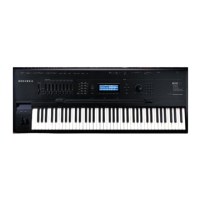
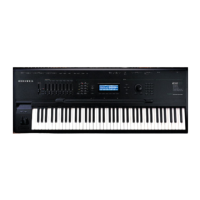
